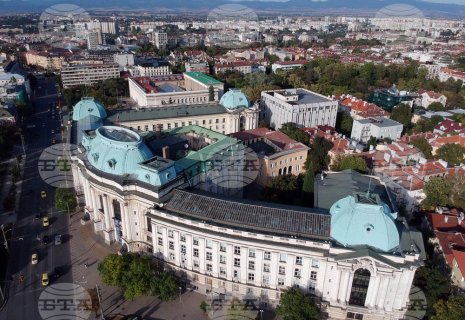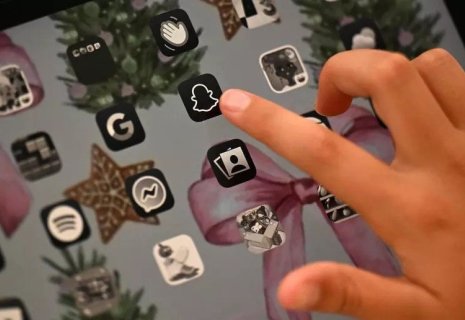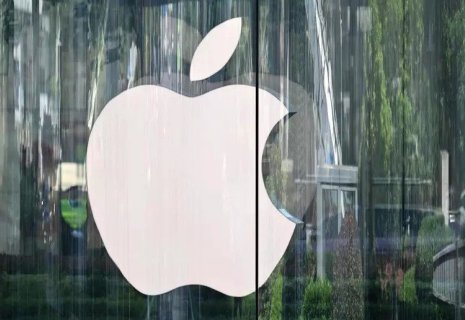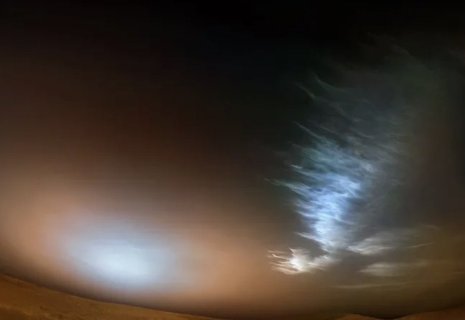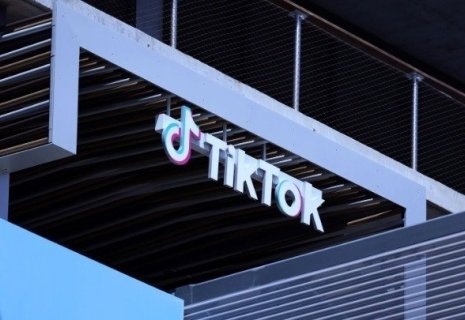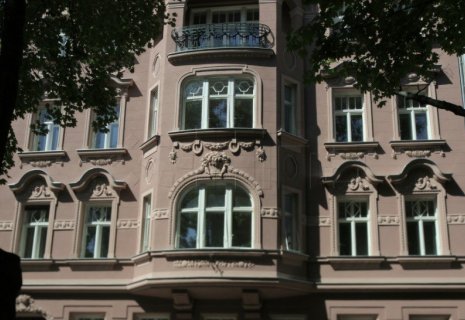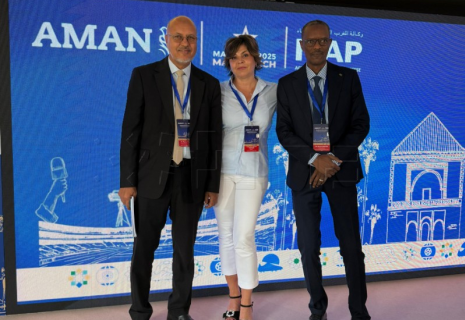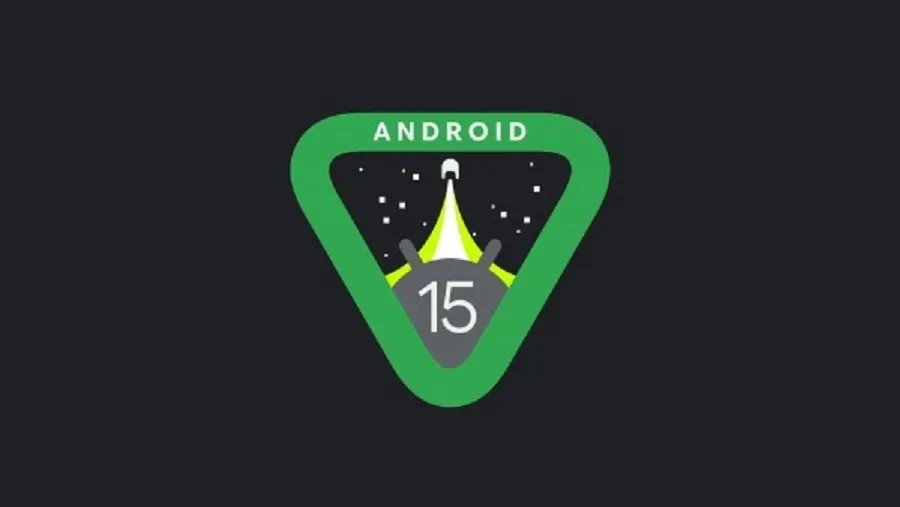
Google’s new Android design goes sharp, smooth, smart
Google is preparing to launch its new Material 3 Expressive design language, CE Report quotes Kosova Press.
Android has looked – well, more or less the same – for years. Each new update brings some useful changes, but when you look at the user interface it's hard to tell what exactly has changed. But that could change drastically soon.
Turbidity, transparency and "frosted glass" appearance.
The first thing you'll notice are the blur and transparency effects, which give Android a new visual flair.
The notification shade and quick settings now look like they're made of frosted glass – sleek, modern, and very much in the style of what we're already seeing on iOS and some custom Android skins.
Blur effects are also present elsewhere – the app drawer, the PIN screen, recent apps… everything looks smoother, more contemporary and, most importantly, more fluid.
Remember when Android 12 turned everything into pill shapes? With Material 3, Google is going in the opposite direction. The new aesthetic is more practical and “boxy” — for example, the volume sliders are now more rectangular and all the elements have sharper edges. And it looks quite clean and professional.
The entire settings page is also getting a colorful makeover. Icons are now colored by category, which makes navigation easier and breathes some life into the otherwise dull menu.
Little things that mean something - but you only notice them when you see them
Google didn't just stop at big changes – there are also a bunch of small tweaks that improve the overall experience:
On the lock screen, the date and time are no longer clustered in the top left - they're now below the main clock, which looks much neater.
Notifications appear in a compact view, as small icons that you can tap for details.
PIN code entry takes on larger, more readable numbers.
Five new icon shapes were added for the home screen – if you like experimenting with looks, you'll love them.
Status bar icons - small changes, big impact
The status bar also gets a new style. Wi-Fi and cellular signal now have a segmented design (similar to Samsung's One UI 7), while the battery icon has been completely redesigned - it stretches horizontally, shows the percentage inside, and even turns green when full.
Google will start introducing these changes through QPR (Quarterly Platform Release) builds for Pixel devices, or we'll see them with Android 17. We'll know all about it soon, as the Google I/O conference is approaching - and there are rumors that the official announcement will be made right then.

